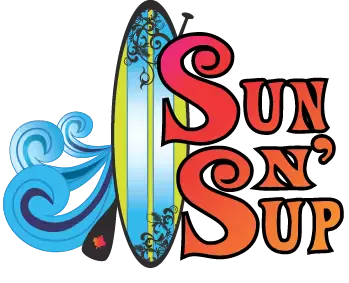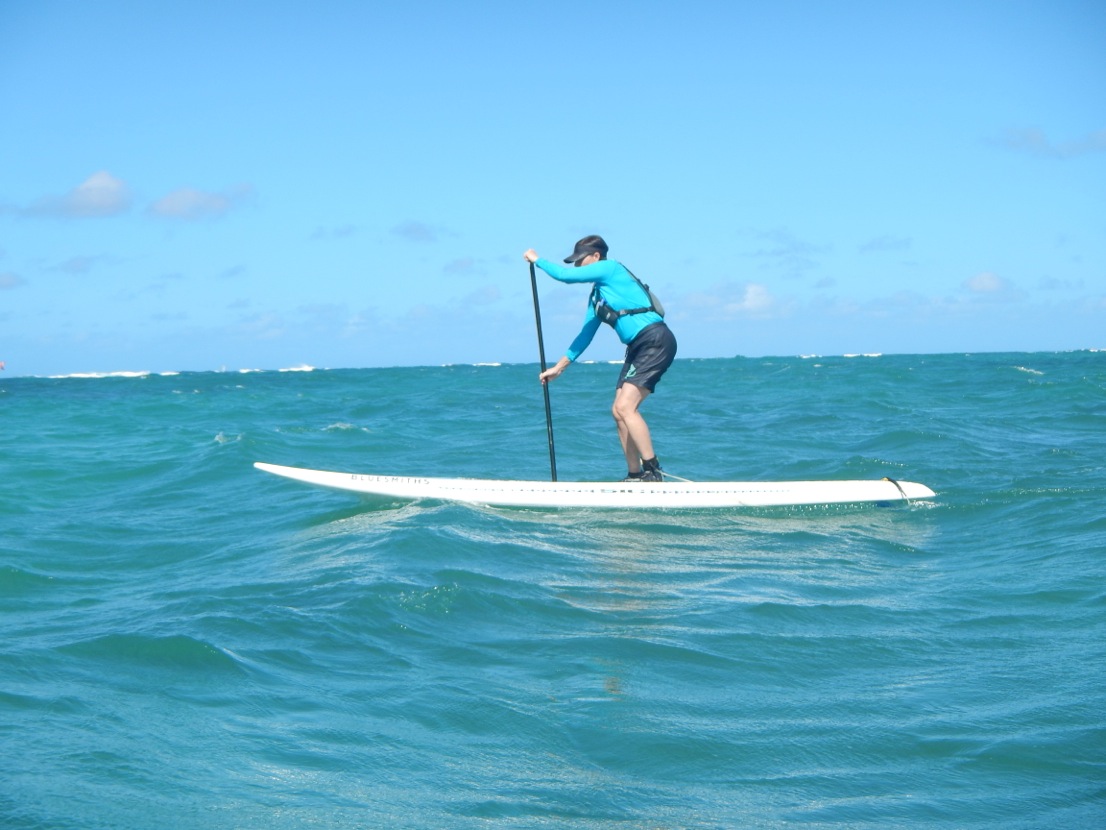Downwind paddleboarding is one of the best to enjoy your SUP. There is nothing better than downwinding on your paddleboard and getting powered by the wind and ocean swells. Downwind paddling on your SUP gives you the greatest sense of freedom to explore new places, reach speeds that aren’t possible paddling yourself, and improve your paddle fitness.
This article tells you all you need to know about how to paddle downwind and get the most from your SUP.
What is Downwind Paddleboarding?
Basically, downwind paddleboarding is being on your SUP with a strong wind behind you. The high winds help to propel you forward much faster and they also create large swells in the water. You use these large swells to ride on similar to surfing, only you are travelling for long distances in a straight line.
Think Safety
If you are planning to start downwind paddling, you need to think of safety first. Downwinding can take you far out in the ocean and far away from your starting point. Also, the high winds and large ocean swells can cause accidents. So, think ahead and make sure that you go with an experienced group of paddlers.
Here are some of the essential items of safety gear that are a must for downwind paddling:
- Enough food and water
- Leash
- Personal floatation device (PFD)
- Whistle
- Light
- Cell phone or radio
The best way to enjoy downwind paddleboarding is to keep safety first and foremost in your mind.
The Best Equipment for Downwinding
The best kind of board for downwinding is a board at least 12′ or longer most are generally 14′ to 17′ if paddling on the open ocean with a bit more rocker than your average touring board. This will help you catch the ocean swells and make the whole experience much more enjoyable. A stand-up paddleboard which has a planning hull and some rocker in the nose will stop the nose from diving under the water.
How to Downwind Paddle
You don’t have to get to the middle of the ocean before you start downwind paddleboarding. Even a 15 – 20 mph wind on a river, harbor, or lake is enough to start learning and practice your rhythm.
When you get your technique mastered, it is time to find large swells and start downwinding. It is best if you stand on the middle of the board with your feet slightly apart and your knees bent. This stance will give you more balance and avoid you falling off.
The goal of downwind paddling is to link the swells and paddle at the right time. This is how to do it:
- As you feel a wave pick up your board, start paddling quickly with strong strokes. This will give you plenty of momentum to catch the next wave.
- If the wave is large, you should move towards the back of the board to stop the nose from dipping in the water.
- If you feel yourself slowing down, more towards the front of the board to get extra speed.
Once you have mastered the art of downwind paddling you will have so much fun on the water. You will find that being a downwinder, the weather is never an obstacle to paddleboarding.

